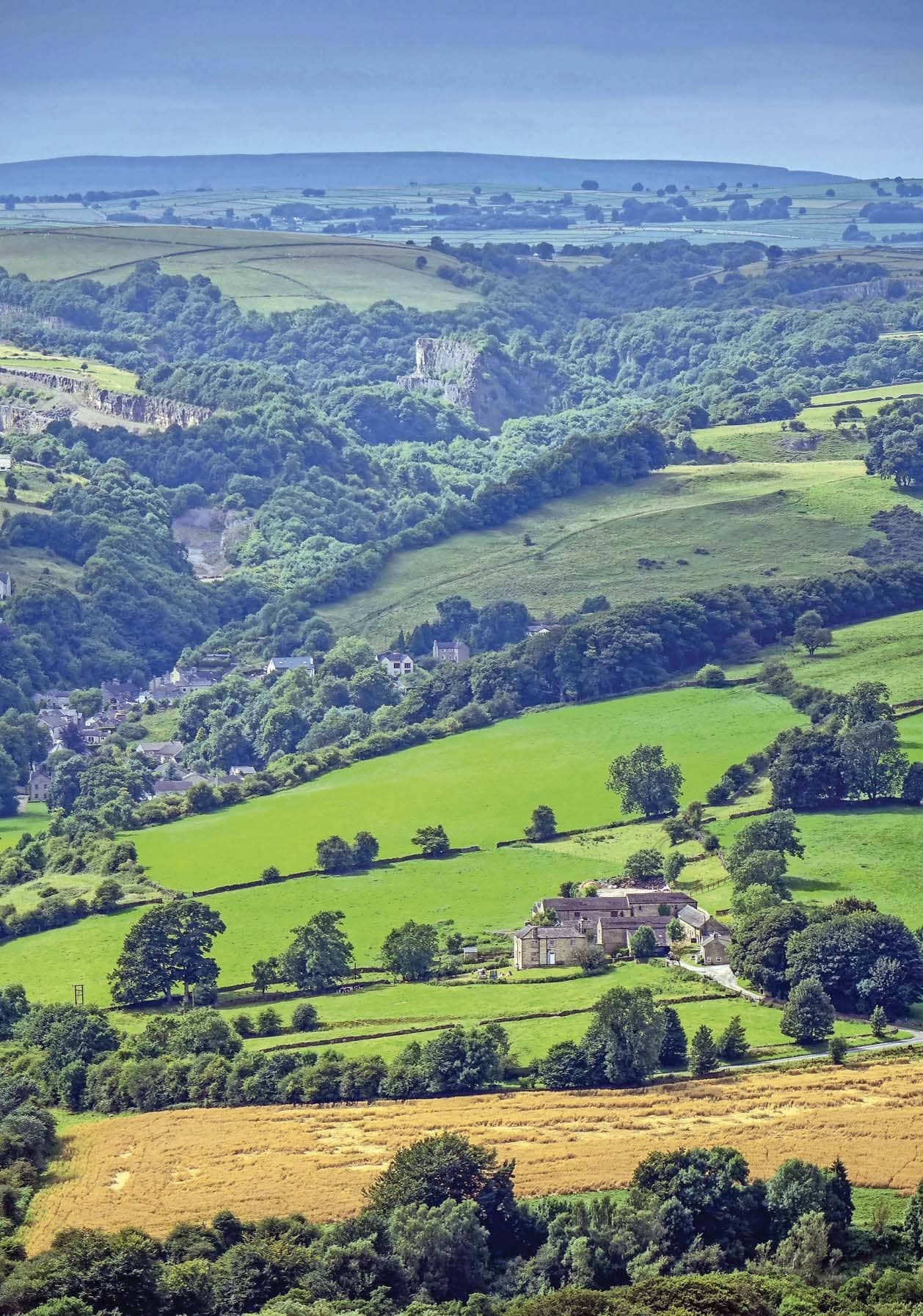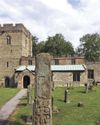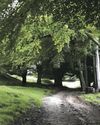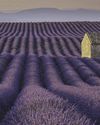
Stoney (as its inhabitants call it) is perhaps not as well known as other local Derbyshire villages such as Bakewell, Castleton or Eyam. The small village sits astride the A623 main arterial road between Sheffield and Manchester and it is often the case that motorists travelling through tend to look neither right nor left. Also, the cliffs that tower over it, whilst popular with climbers, tend to create a somewhat gloomy aspect. All of this is misleading, however, for the village offers a great deal, including a ‘Roman’ Bath, a rare octagonal church, an awardwinning chip shop and a splendid hostelry called the Moon Inn, which has a substantial history in itself.
All of this got started around 4,000BC when the first signs of human visitation have been identified. Actual habitation dates from around 2,000BC when Ancient Britons moved in, living in mud huts. This remained the case until the Roman Occupation; regarded as running from AD43 to 410 in Britain.
After the Romans, the village experienced Anglo Saxons, Danes and the Norman Conquest, as did much of the rest of the UK. We know though that in 1415 a local lady called Joan Eyre was so delighted by the return of her husband from the battle of Agincourt that she was inspired to pay for the erection of a church in Stoney. However, in 1757 a fire broke out leaving only the tower remaining. This led to the construction of the existing octagonal design in 1759, supposedly shared with only one other church in the country, in Teignmouth, Devon.
This story is from the Septemer 2020 edition of Derbyshire Life.
Start your 7-day Magzter GOLD free trial to access thousands of curated premium stories, and 8,500+ magazines and newspapers.
Already a subscriber ? Sign In
This story is from the Septemer 2020 edition of Derbyshire Life.
Start your 7-day Magzter GOLD free trial to access thousands of curated premium stories, and 8,500+ magazines and newspapers.
Already a subscriber? Sign In

Can Plants Hear?
In the latest in his series on the intelligence of plants, Martyn Baguley analyses whether they have the ability to hear

Peak National Park and Ride
Andrew Griffihs asks what the future holds for transport in the Peak National Park and talks to Julian Glover about his Landscapes Review

Doubly thankful
Mike Smith explores the village of Bradbourne, which has a particularly poignant tale to tell

What lies beneath
Exploring the hidden depths of Ladybower Reservoir, which conceals secrets of a fascinating past

Battle for our birds
Paul Hobson analyses our complex relationship with birds of prey and how these fascinating birds are fairing in Derbyshire

Explore the Peak Forest
A walk through autumn fields and forests with far reaching views enriched by snippets of mystery, romance and the area’s industrial past

Pictures to transport you
Chesterfield photographer David Keep continues his photographic journey, this time recalling his favourite landscape images from around the world

The magic of Christmas
Ideas for days out, gifts and where to find local produce in Derbyshire this festive season

PENNY for the Guy
We take a look at Derbyshire’s bonfire tradtions through history

From hardship came happiness
Pat Ashworth speaks with Chesterfield based retired Colonel John Doody about his inspiring life, from a diffiult childhood to overcoming diversity and finding happiness